 Xeomin®
Xeomin®The Beauty Industry Is Becoming More Accessible – Is It Enough?
Makeup and beauty is a form of self-expression, but accessibility hasn’t always been guaranteed. These are the brands looking to change that.
When was the last time you walked down a beauty aisle and thought, Can I open this? or Will I be able to hold this? The reality is, the majority of people haven’t had to ask themselves these questions – perhaps even blissfully unaware that such hurdles exist. In recent years, the beauty industry has, arguably, made strides in terms of inclusivity and representation and technology and innovation (magnetic lashes, anyone?). Even so, there’s still a demographic largely left out: those with different abilities.
Whether it’s due to Parkinson’s disease, multiple sclerosis, impaired vision, muscle atrophy, or any disability, moving through the world can require more consideration – and that includes beauty and skincare routines. From tough-to-open packaging and caps that are hard to grasp to tiny labels and stores that are difficult to maneuver around, the beauty industry is inherently ableist. However, more and more brands are looking to change that. Here’s what you need to know about the effort to create high-quality beauty products for all.
The Importance of Inclusivity
Whether they’re born with different abilities or find themselves adjusting to a new way of life, consumers are left to alter their habits to fit into a world not designed with them in mind. From self-expression to the simple desire to conceal a pimple or apply skincare, it’s clear that the beauty industry prioritizes aesthetics over universality.
FYI: You can have both.
For those who find themselves adjusting to a physical change, the reality of beauty and skincare brands being ableist is clear. Terri Bryant, a celebrity makeup artist and the founder of Guide Beauty, experienced this first hand. After 25 years of working as a professional makeup artist and educator (she developed artistry programs for brands such as Dior, Smashbox, and Josie Maran), Bryant found herself experiencing a loss of function. “Several years ago, I began to feel a disconnect in my hand,” she shares. “For the first time in my life, I was struggling to execute artistry techniques that had always been second nature.”
After being diagnosed with Parkinson’s disease, her outlook and approach changed. “I have always understood the mechanics of good artistry and was now experiencing a disconnect between my ability and the brushes, lipsticks, and liners in my hand,” Bryant explains. “Having Parkinson’s has given me a unique perspective as both a professional makeup artist and as someone who knows what it feels like to struggle.”
Because, as she explains, “makeup, like any form of artistry, is a skill set with users of varying abilities,” Bryant set out to create a more accessible product range. “I founded Guide Beauty on a mission to reinvent makeup application in a way that makes it easier for all users – from people who feel they lack the skills to apply makeup to people who have had to give up makeup due to physical limitations,” she says. However, it’s not just ease of use that the beauty industry often fails to address, it’s accessibility to and within stores, labels that are designed for all levels of vision, virtual shopping hurdles, palettes that stay open, and so much more.
Creating Accessible Beauty Products
Even for those with a deep knowledge of the industry and understanding of the needs of consumers, creating an accessible brand from scratch is no easy feat. “From our ergonomic and intuitive applicators to our mindfully formulated, vegan, and cruelty-free formulas, our products are a culmination of two and a half years of research and development,” Bryant explains. “Our approach begins in the design phase, following the principles of Inclusive and Universal Design.”
This starts at the concepting phase and remains true through research and development. “Our designs consider and account for the needs of the largest and most diverse user group possible,” she says. These efforts put those with different abilities at the forefront of the entire Guide Beauty range. “We had over 200 test users, 39 eyeliner formula submissions, and over 100 iterations of our Guide Wand, an eyeliner tool,” she notes. The brand’s Lash Wrap tubing mascara and Brow Moment brow gel went through a similar process.
For Jooyeon Song, the founder of high-tech nail art brand ManiMe, accessibility in every sense was part of what she set out to create. “Inclusivity is an important pillar of ManiMe,” she explains. “Everything from using vegan materials to keeping our prices under $25 to collaborating with a wide variety of artists is to ensure that ManiMe is available to as many people as possible.”
The brand utilizes a customization technology that “easily enables people with different abilities to use ManiMe seamlessly,” she notes. “We custom-fit to different nail sizes, no matter the difference in width, length, or curvature between nails, and can offer variations – like sending two sets of the same size for someone with only one hand or a standard-sized nail in place of a missing finger and beyond.”
Their patented solution creates unique 3D renderings from ‘Fit Pics’ of the customer's fingernails and toenails to produce a custom manicure or pedicure. “ManiMe’s computer vision and machine learning algorithm then uses these Fit Pics to detect the nail and estimate the size, shape, and arch,” Song shares. “As more people scan their nails, the machine learns more variations and differences in nail shape and size and improves over time.” The idea is constant refinement to better the product. “Internally, we work continually to improve our machine’s algorithm whenever applicable,” she adds.
As both Bryant and Song’s explanations illustrate, careful and extensive testing is needed for brands to ensure the accessibility of their products. This investment, however, can be rewarded in a widened customer base that has long been underserved.
Where We Go From Here
For some, personal experience fuels change. “Guide Beauty is my love story to an industry and an art form I love – to myself and to every person who sat in my makeup chair and said, ‘I wish I could do this for myself,’” Bryant shares. For others, it’s the desire for everyone to feel included. “I’m so proud of creating a brand that is breaking down the barriers to self-expression for all kinds of people,” Song says.
At the moment, the brands sparking this evolution are more at the indie level, though some mass brands are taking note and others are accessible by accident. From text-to-speech apps (Lookout is for those with vision loss) to grips that improve leverage to extension devices for shaving, change is coming – albeit slowly. Tactile symbols, easy-to-grip handles, and multi-functioning tools just scratch the surface of what the beauty industry can offer for those with different abilities.
Mass brands like Herbal Essences are incorporating tactile symbols for their shampoo and conditioner bottles to help with the differentiation of the two. Selena Gomez’s Rare Beauty, meanwhile, has complexion, eyebrow, and lip products that were created with grip in mind (the star cites her own lupus diagnosis as inspiration).
At ManiMe, Song hopes she and her team are creating something that helps everyone feel their best. “As someone who’s always loved nail art and identified a way to improve the manicure experience, it makes me so happy to see that come to fruition for others,” she shares. Needless to say, seeing it resonate with consumers is rewarding. “The response has always been great,” she says. “If we send a set of nails that don’t fit perfectly, we’re happy to adjust any customer’s fit scans and resize their gels to get them exactly right.” After all, your nails are as unique as your fingerprints, Song adds.
The conversation shouldn’t end here, as it is just the beginning for a more inclusive industry.
Accessible Beauty Products To Try
Abilities come in all different forms. Here are a few products that are loved by many for their accessibility.
Guide Beauty Artistry Made Easy Collection
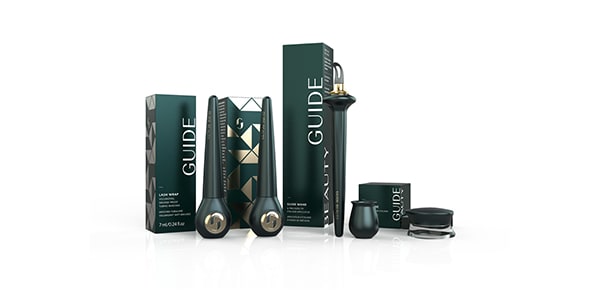
This adaptive line offers eyeliner, mascara, and brow applicator tools with ease of use and quality in mind – there’s no skimping here. The four-piece set allows you to choose your brow and eyeliner shades and is a surefire way to declutter your vanity and simplify your routine. $75, guidebeauty.com
ManiMe Custom Manicure
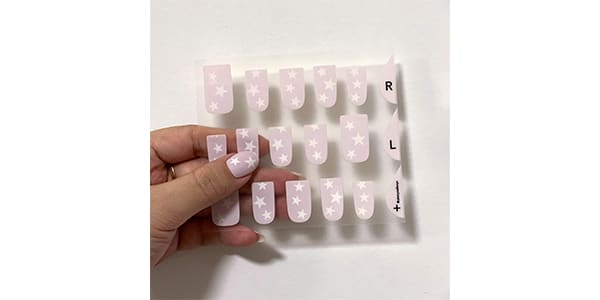
Nail polish application is a struggle that ManiMe has put to rest in more ways than one. Providing customized sets that are cut to fit your specific nail shape, size, and style, the technology allows all hands to look beautiful. It’s easy to create a profile and upload photos for your custom set, but the struggle is picking from the range of fab designs (we’re partial to the celestial Superstar for spring). $25, manime.com
Rare Beauty Soft Pinch Liquid Blush
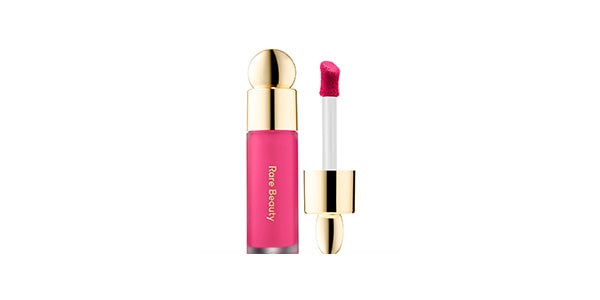
Many cite grip as a hurdle when using beauty products. The tiered caps on this liquid blush (and throughout the line) are a game changer. Selena Gomez has shared that she deals with hand weakness as a result of her lupus diagnosis, which played a role in packaging design. From a makeup perspective, this pigmented formula imparts buildable flush across skin tones and types. $20, sephora.com
Meloway Your Way Mascara
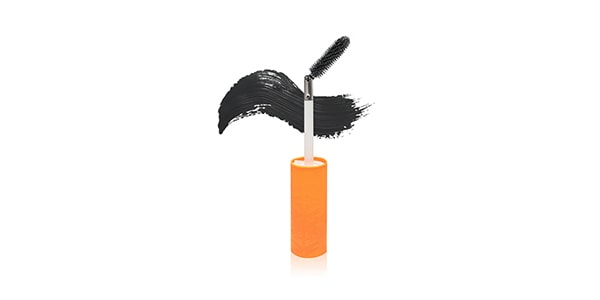
False lashes? Pass. This adjustable mascara allows for bold, beautiful lashes with ease. The flexible wand is easy to hold with its silicone top that’s easy to open. The smudge-proof vegan formula is infused with amino acids, argan oil, and red algae extract, so you can count on your lashes looking good long term. $22, melowaymakeup.com
Artis Elite Mirror 4 Set
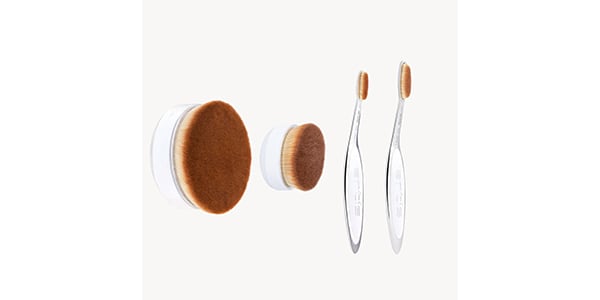
When handling a beauty tool, the grip is always a hurdle. Unlike traditional makeup brushes that are designed with makeup artists in mind, the paddle-like design of Artis tools is specifically meant for those who do their own makeup (i.e. most of us). The long brushes allow for precision with easy-to-hold handles. Oh, and the brand also offers skincare-specific applicators that make it easier to apply your favorite lotions and potions. $160, byartis.com
The Beachwaver Rotating Curling Iron
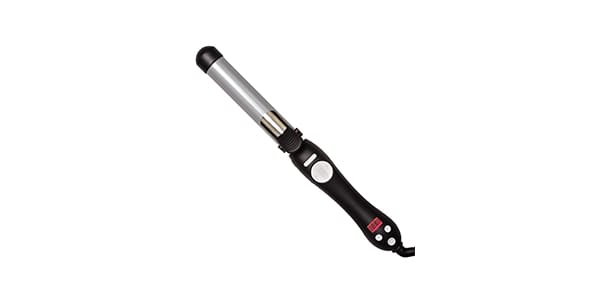
With an automated barrel curler, the Beachwaver makes curling easier for those who have one arm or need assistance with reach. It allows the user to achieve multiple looks in a matter of minutes by simply attaching their hair to the barrel and allowing the self-rotating iron to take care of the rest. With a variety of barrel sizes, this tool is a staff favorite for its versatility. $129, beachwaver.com
All products featured are independently selected by our editors, however, AEDIT may receive a commission on items purchased through our links.
More Related Articles
Related Procedures

AI Plastic Surgeon™
powered by'Try on' aesthetic procedures and instantly visualize possible results with The AI Plastic Surgeon, our patented 3D aesthetic simulator.
